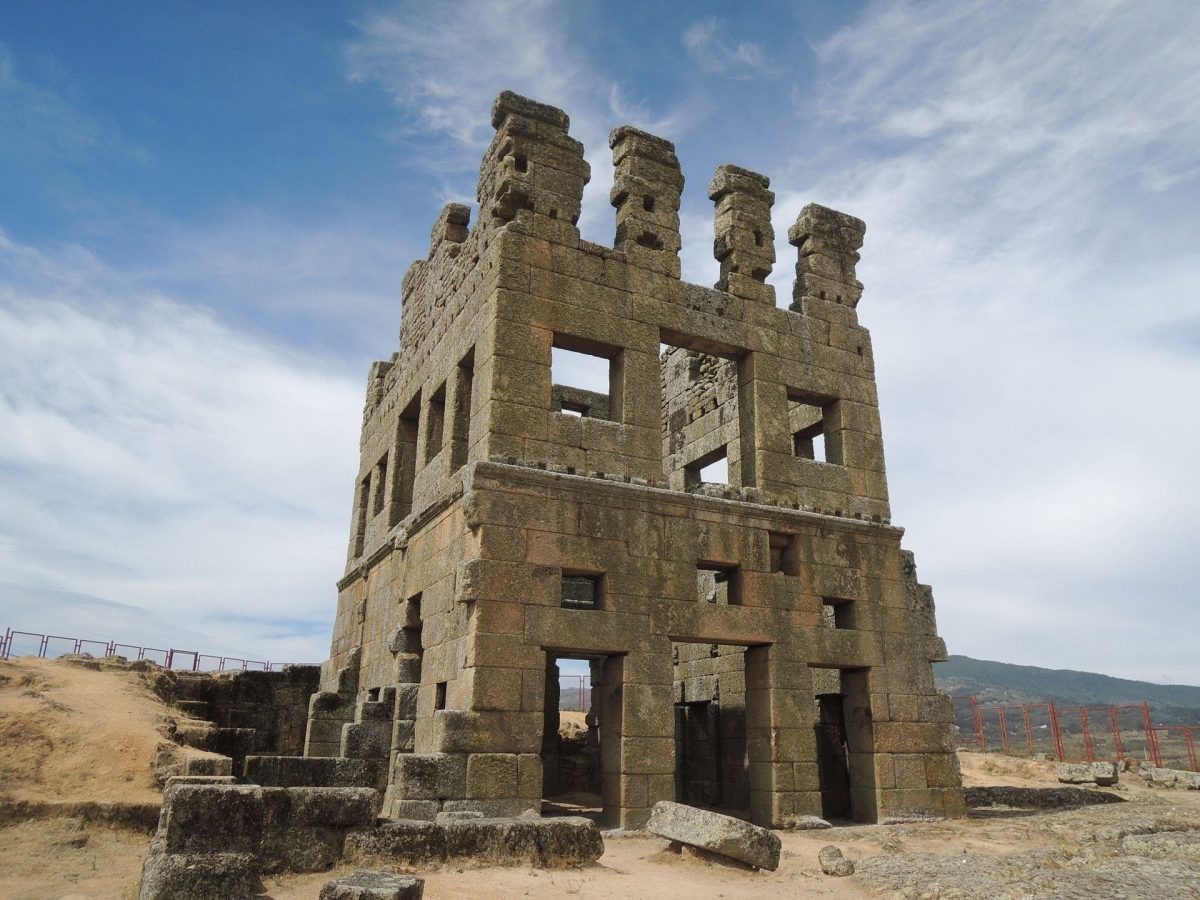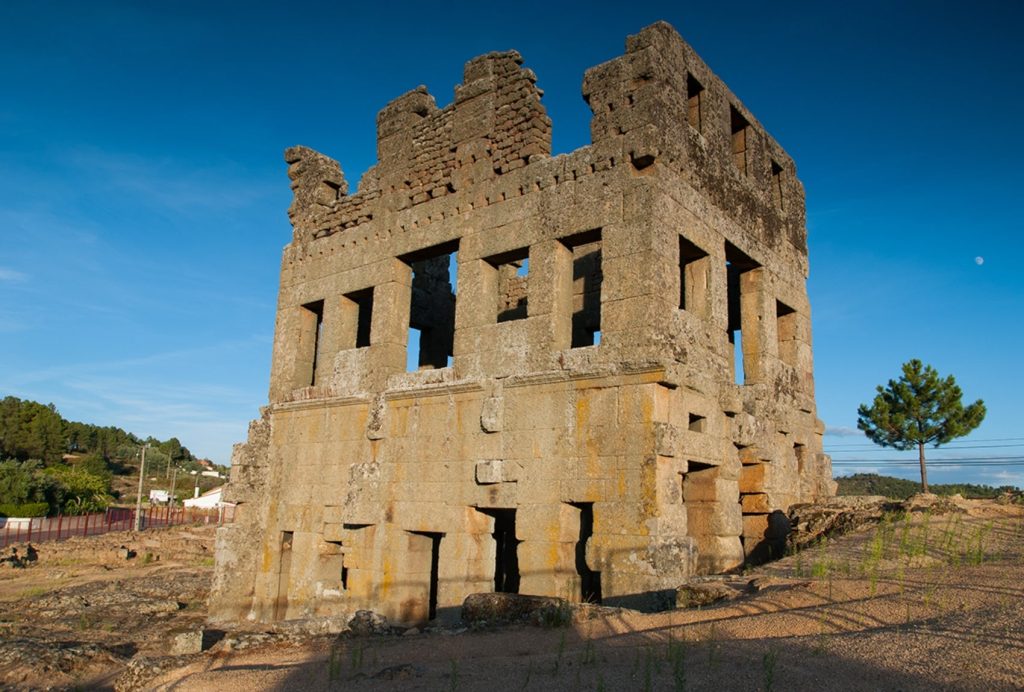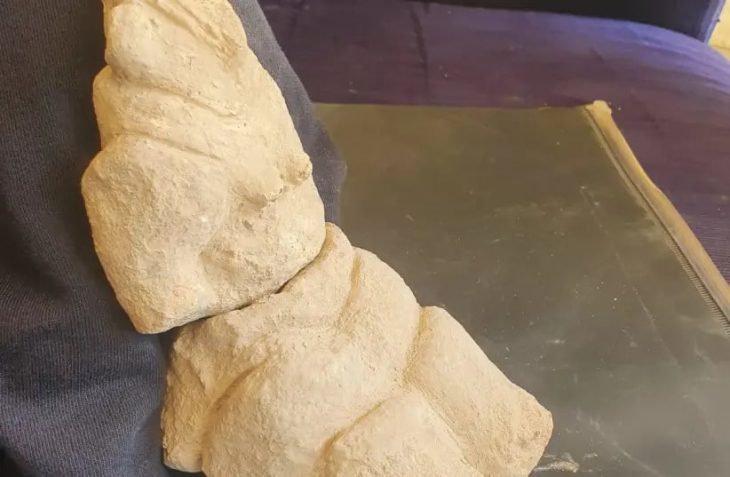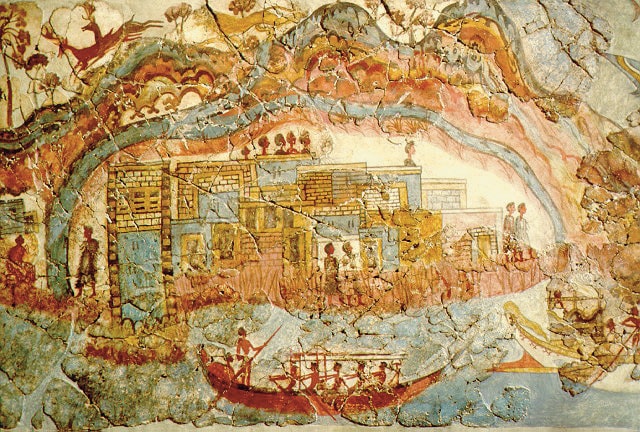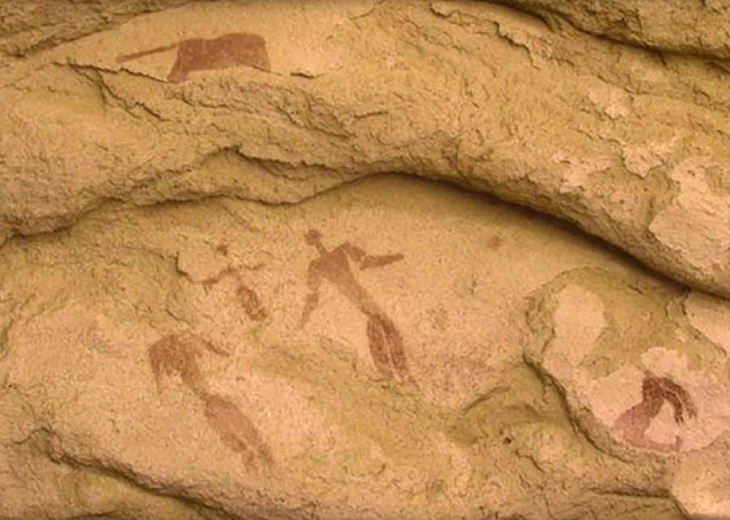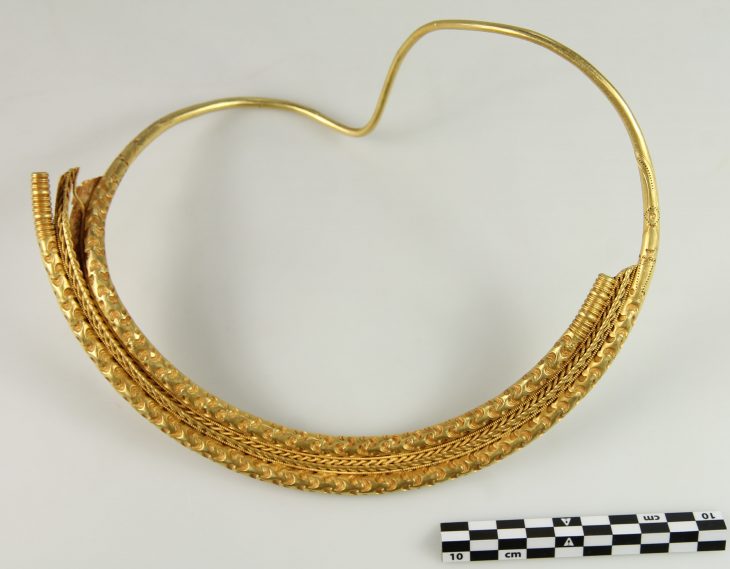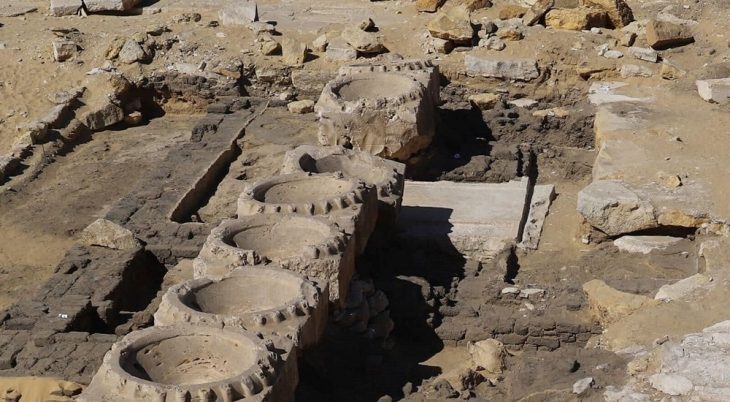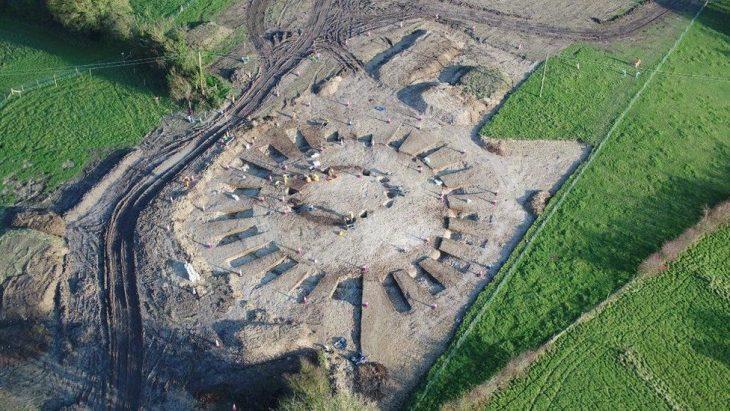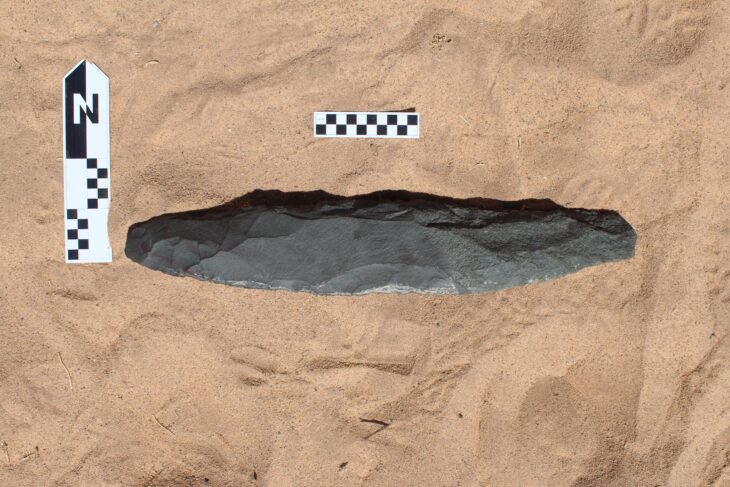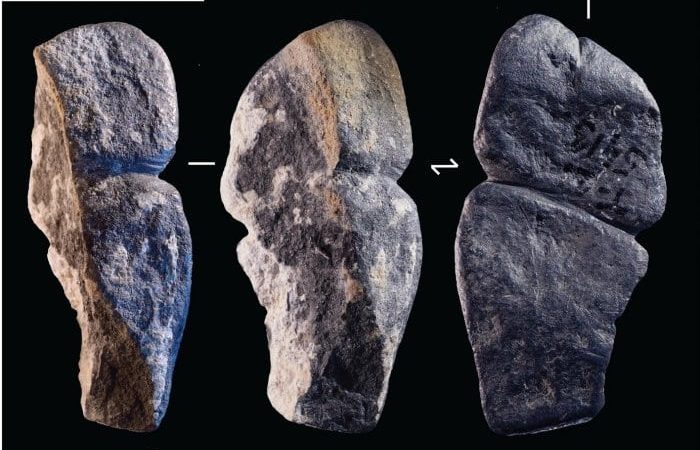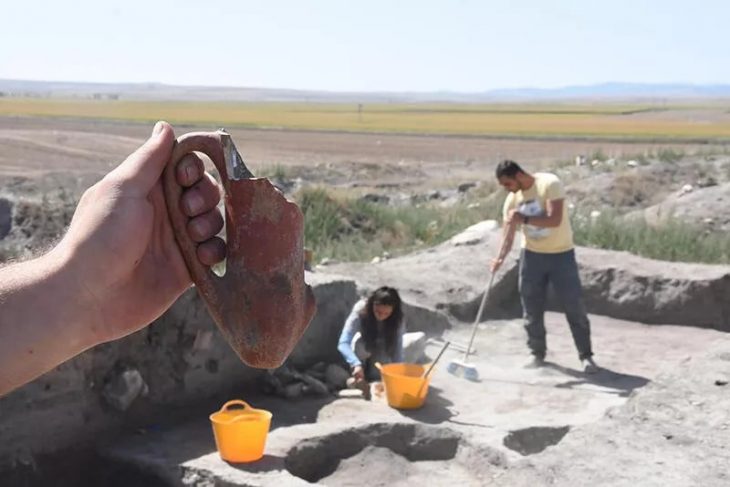The Tower of Centum Cellas (also known as the “Tower of St. Cornelius”), located in the Mount of Santo Antão in Belmonte, Castelo Branco District, Portugal, is one of the most enigmatic monuments from the Roman period to be found in the country.
These majestic ruins, built with large ashlar stones, were a Roman structure dating from the 1st century AD, situated on the road that linked Augusta Emerita (Mérida) to Bracara Augusta (Braga).
The IPPAR‘s excavations (Portuguese Institute of Architectural Heritage) at the Centum Cellas Tower, undertaken between 1993 and 1998, revealed that it was not a single isolated building but part of a larger and more complex group of structures, including rooms, corridors, staircases, cellars, and courtyards.
Made of pink granite blocks, this tower is rectangular and is about 39 feet (12 meters) high, appearing to have three levels with openings of various dimensions. Originally, the tower only had two floors. The tower’s upper story was added during the Middle Ages, it gives the tower a picturesque appearance.
It also appears to have been surrounded by other adjacent structures that have since vanished and an entrance with pillars facing an open courtyard in the front.
It was believed to have once been a temple, a jail with one hundred cells (thus the name), or perhaps a praetorium (the center of a Roman camp) and a structure that was a component of a Roman villa.
There is evidence of extensive mining and processing in the Iberian Peninsula, which suggests that the tower was part of the facilities associated with tin mining and trade. The Iberian Peninsula was rich in minerals during the Roman era, especially tin.
Archaeological excavations in the surrounding area in the 1990s revealed the remains of a villa rustica, of which pars urbana (main dwelling) the tower was a part. According to archaeological evidence, the tower was destroyed in the mid-third century by a great fire and was later rebuilt.
The tower appears to be the best-preserved part of what was the villa of Lucius Caecilius (according to a dedicatory altar found on the site), a wealthy Roman citizen and tin trader who built his villa here at the beginning of the first century AD, under the supervision of a qualified architect who knew Vitruvius‘ building techniques.
The tower was refurbished for use as a watchtower in the 13th or 14th century, according to Pinho Leal, a Portuguese historian who lived in the 19th century.
The tower was declared a National Monument of Portugal in 1927 and is the subject of ongoing archaeological campaigns to clarify its original, still unknown, function and the entire context of the ancient Roman villa.

